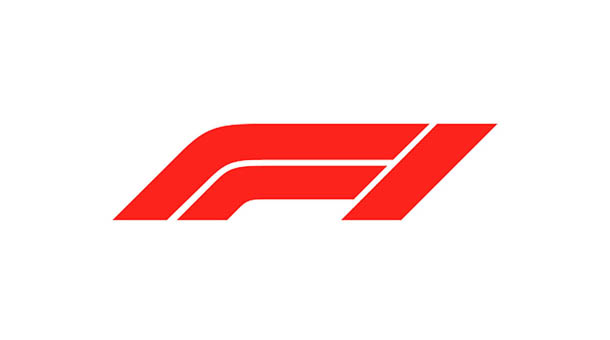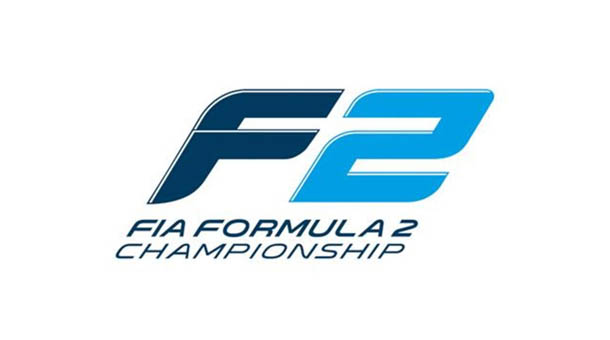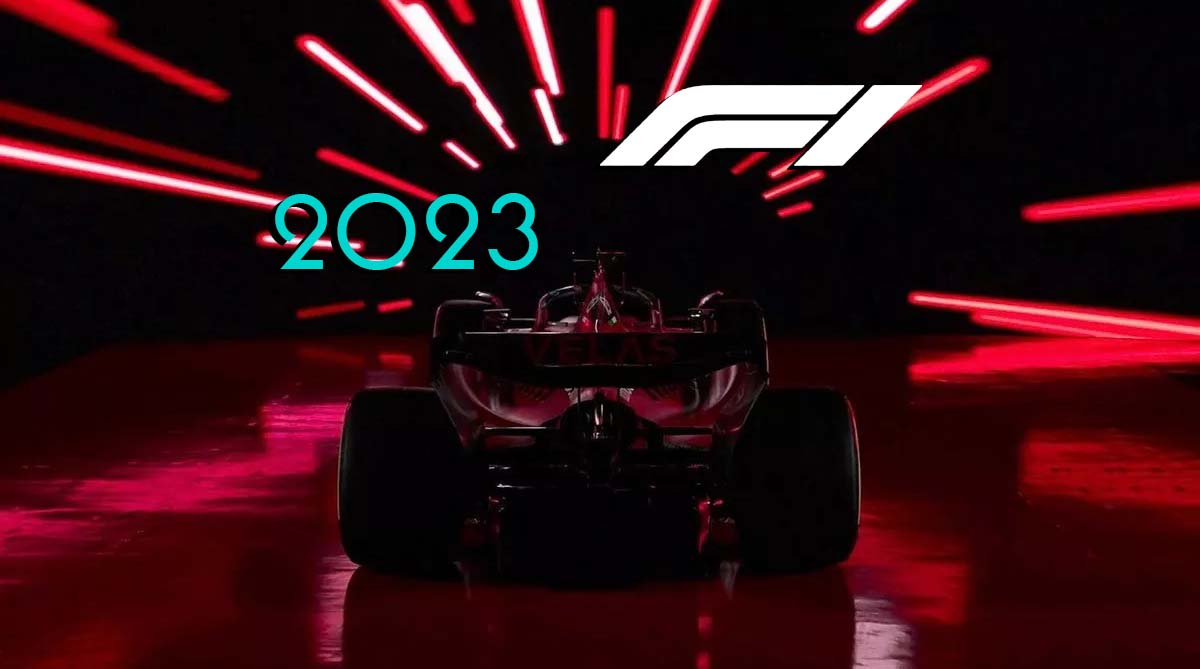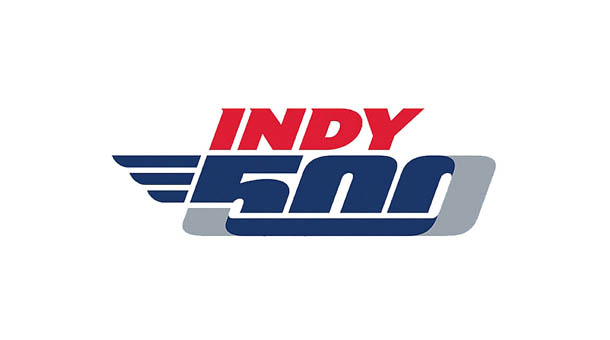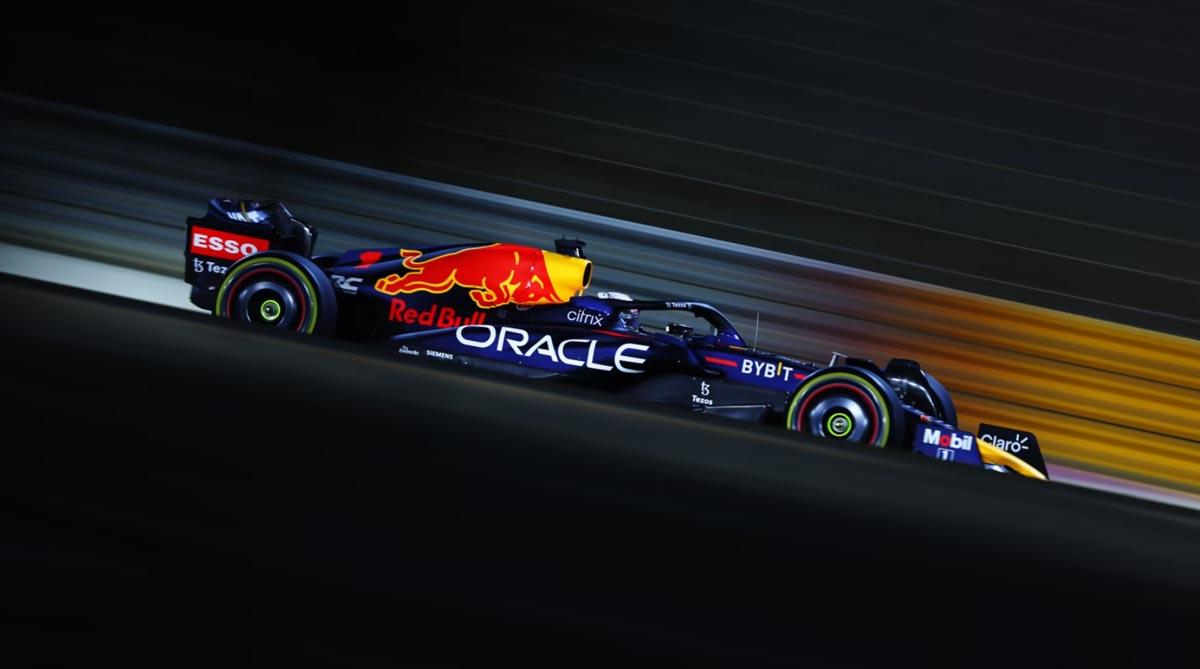Formula 1 (or Formula One) is the most popular motorsport in the world. It has earned the unofficial title of the "Queen of Motorsport," representing the highest class of open-wheel racing. The first races began in 1948, and the first championship with points awarded at Grand Prix events was held in the 1950s. Today, Formula 1 is recognized as the premier series in motorsport, with the largest budget and fanbase. It is not only a spectacular show but also a testing ground where manufacturers apply and refine their ideas for integration into production vehicles.

FORMULA 1 - THE QUEEN OF MOTORSPORT
The races consist of circuit racing, where open-wheel cars are chosen for competition. Such cars are best suited for handling turns, acceleration, and braking, although they may not be the fastest in a straight line. Their superior aerodynamics, specially designed tires, and powerful engines make them unrivaled in navigating twisty tracks.
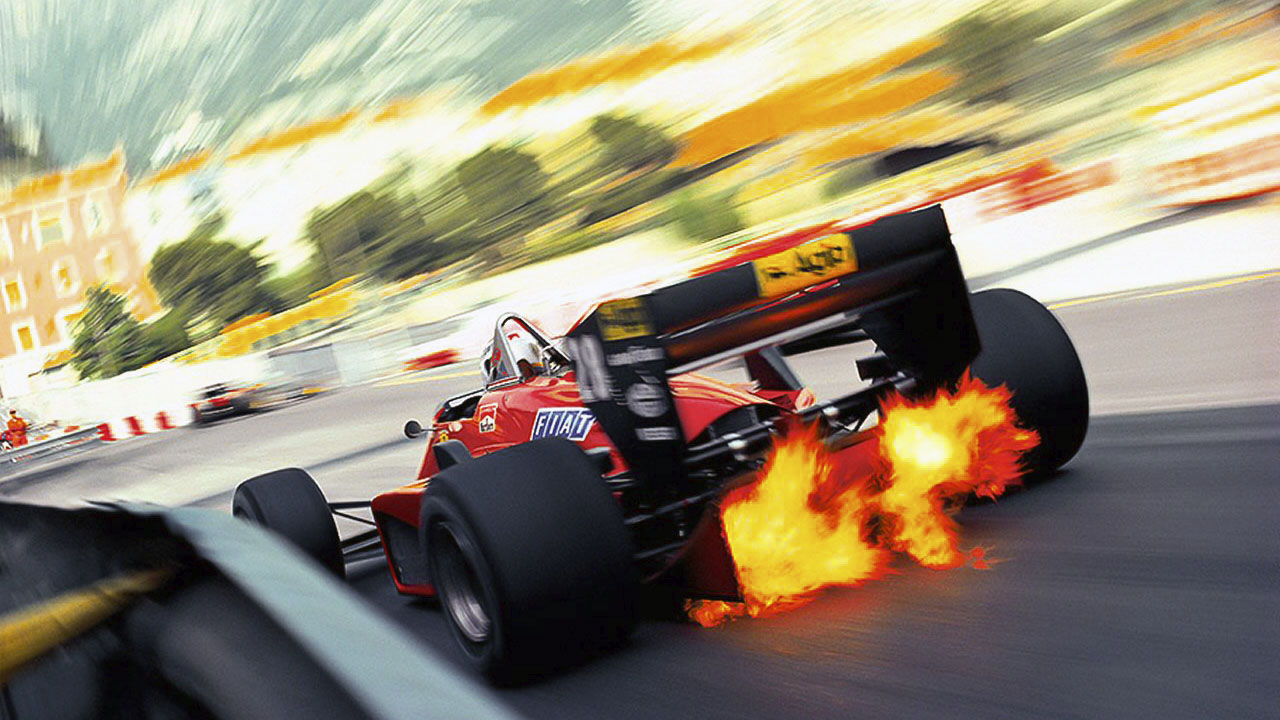
Formula 1 is also known as the "Royal Races" because the budgets of top teams reach several hundred million dollars. No other sport incurs such expenses. To reduce financial costs and level the playing field for teams, the FIA regularly changes the technical regulations, often causing dissatisfaction among the leaders of the leading teams. Each Grand Prix is a major event in the motorsport world, attracting celebrities from around the globe and serving as a glamorous party throughout the race weekend. Traditionally, the race concludes with the winners spraying champagne (a ritual that originated at the 24 Hours of Le Mans) and award ceremonies attended by a huge crowd of fans. The most prestigious victory is considered to be winning the Monaco Grand Prix, although from a strategic standpoint, it is no different from other races. Moreover, the Baku City Circuit offers a more interesting configuration for overtaking and dramatic moments during the race.
Race cars are created directly by the teams, and they are allowed to use engines from external manufacturers (customer engines). Each car represents the pinnacle of engineering ingenuity, incorporating cutting-edge technologies to achieve the highest performance. The production and maintenance of one car for a season cost around 15 million dollars, and a team must field two race drivers, have spare cars, and cover technical support and other expenses, resulting in budgets totaling hundreds of millions of dollars. Sponsors are attracted to cover these costs, and commercial contracts are signed. Some sponsors even field their own drivers (pay drivers), which can negatively impact their overall performance but allows the team to participate. Thanks to television coverage and effective management, the income from competitions continues to grow, positively impacting the development of the Formula 1 Championship.

PROFESSIONALISM AND SALARIES
Formula 1 drivers are the elite of motorsport. Most of them come through the ranks of junior racing series (Formula 4, Formula 3, Formula 2). Interestingly, winners of closed-wheel races do not achieve great success in F1 due to the unique challenges of handling high longitudinal and lateral loads (from 250 km/h to complete stop in 2 seconds; lateral loads reaching up to 4G in some turns) and the demanding physical conditioning required. Drivers receive substantial salaries, which can amount to tens of millions of dollars, along with various endorsement deals. At various times, drivers like Fernando Alonso and Sebastian Vettel earned more than 20 million dollars per season. Lewis Hamilton, who signed a contract for 2019-2021, became the highest-paid driver in motorsport history (rumored to be earning 60 million dollars per season – 180 million dollars for 3 years, excluding sponsorships), surpassing Michael Schumacher's record by 50 million dollars. Even rookies in the sport can earn no less than $150,000 per year.
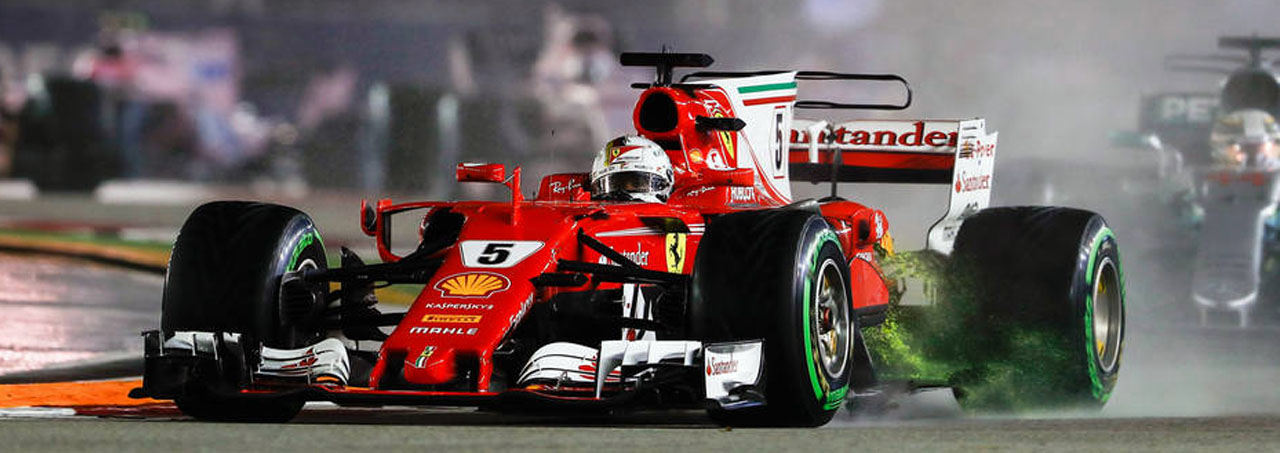
PILOTS' SKILLS
Professional skills are crucial for successfully controlling a Formula 1 car. It's the threshold of a driver's reaction to constantly changing conditions. To maintain their performance at a high level, pilots require:
- Improvement of driving skills (regular simulator sessions).
- Sports training.
- Keeping up-to-date with the technical regulations (penalties, rules, etc.).
- Studying the racetrack (in fact, memorizing all the turns and specific features of the particular track).
Most Formula 1 drivers are bound by contractual obligations that prevent them from competing in other series to avoid injury, overexertion, or loss of concentration. Each driver has their own physiotherapist who develops an individual training program, akin to that of astronauts. Physical fitness is given a lot of attention, as drivers endure constant forces of 3-5g during races, which can negatively affect their cardiovascular system. The greatest strain is on the neck and shoulder area, so all drivers, without exception, regularly spend time in the gym and use the HALO system for protection. They are strictly forbidden to carry excess weight, which can negatively impact their heart's performance. In terms of overall physical conditioning, they surpass even astronauts. Calculations show that in case of an emergency, a pilot's body must withstand a brief 180g force, which would instantly kill an unprepared person, turning their internal organs into mush.
FORMULA 1 AND ITS HISTORY
The history of the world's premier motorsport began in the 1920s. In the early days of racing, with a mortality rate of 40%, only 20% of the starters would make it to the finish line.
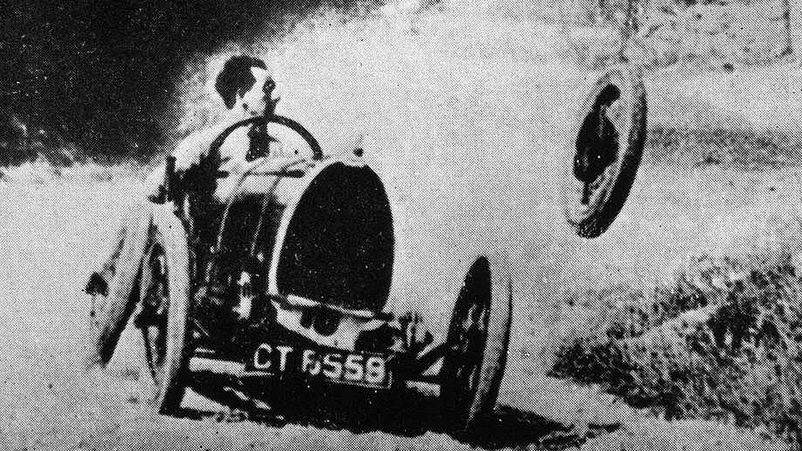
At that time, the European Championship was organized in the format of several Grand Prix events, and in the 1930s, the regulations for a world championship were formulated, dominated by the "Silver Arrows."
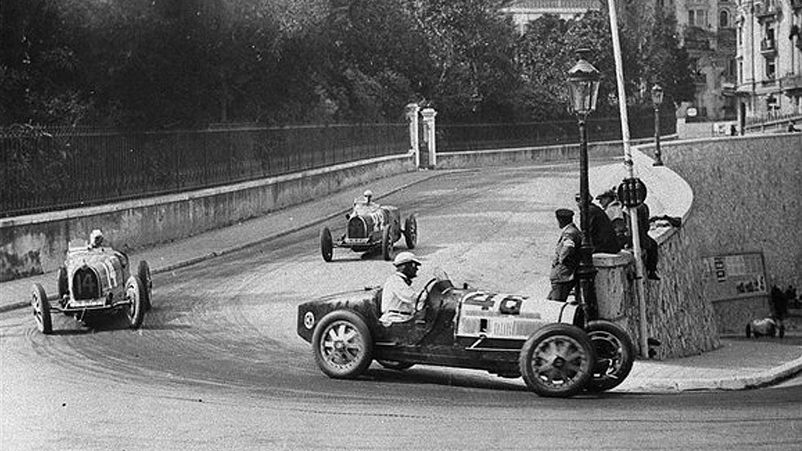
The further development was hindered by the outbreak of World War II.

F1 in 1940s
In 1946, the updated FIA developed a set of rules for competitions called Formula-A. They came into effect in 1947 when individual Grand Prix events began. The championship was officially formed in the 1950s, with individual races being recorded in the protocol, determining the overall winner. The first such Grand Prix, the "Big Prize," was held at the famous British Silverstone Circuit.
F1 in 1950s
The early history of Formula 1 in the 1950s and 1960s resembled competitions among enthusiasts who had agreements with car manufacturers.
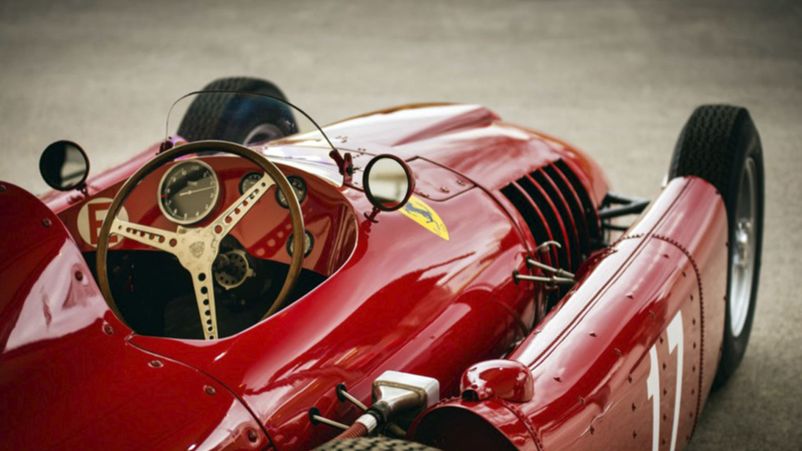
Aluminum cockpits, thin tires, and powerful engines didn't contribute to safety, and accidents were a constant part of almost every race. In the 1950s, the most successful driver was Argentine Juan Manuel Fangio, known as the Maestro, who managed to win five titles during that decade while staying alive.
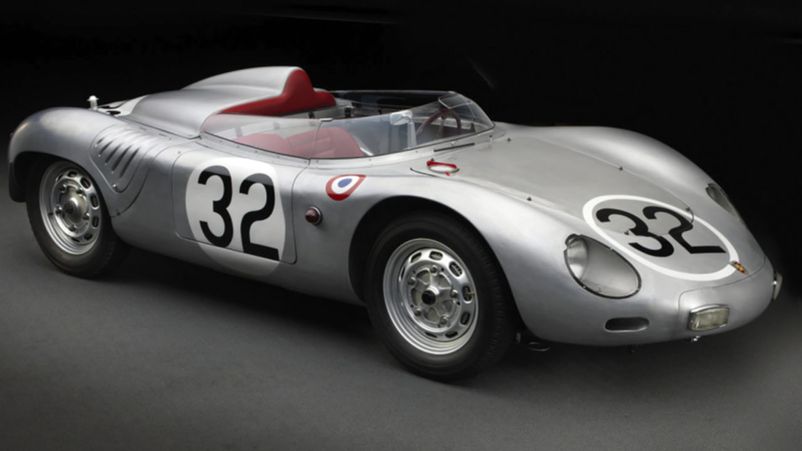
By the end of the 1960s, the idea of using anti-wings and mid-engine layouts for the cars emerged, making them faster and more stable.
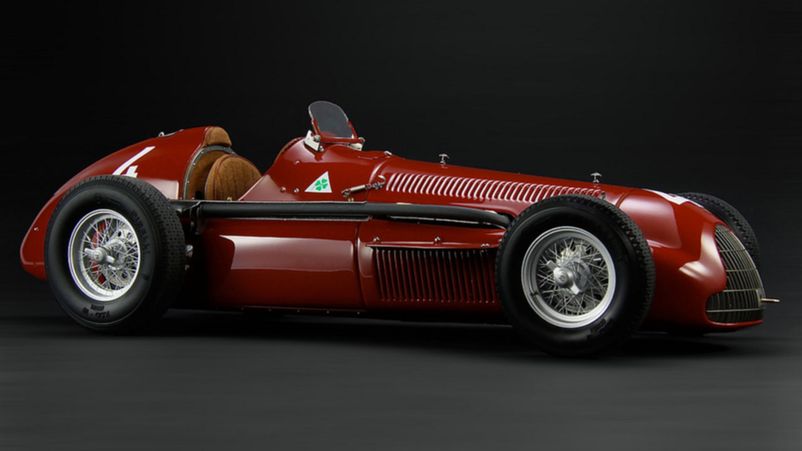
Cars became aerodynamic, featured advertising, and Formula 1 finally ventured onto commercial tracks.
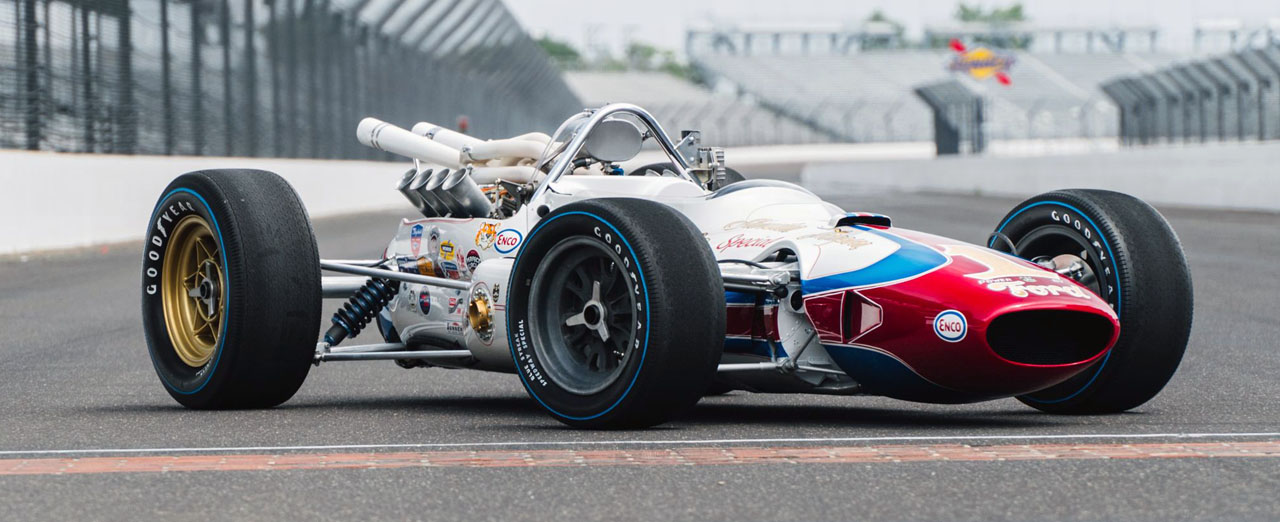
F1 in 1970s
In the 1970s, modern technologies for that time came to Formula 1, not limited by regulations. Unique gas turbine engines were tested.
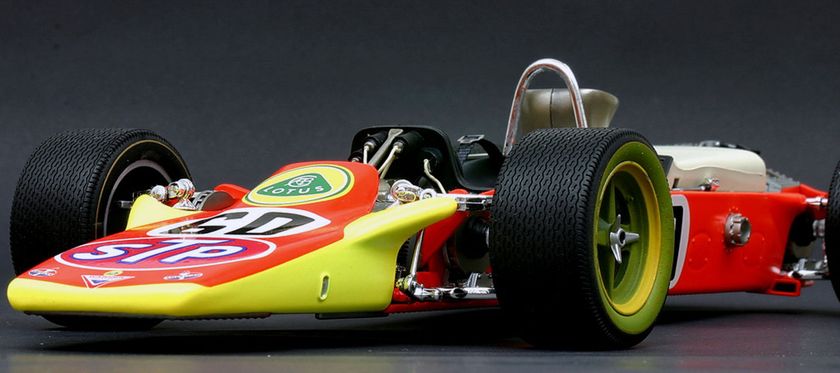
Fans (sucking air from under the car's bottom, creating ground effect) allowed the car to literally "stick" to the road.
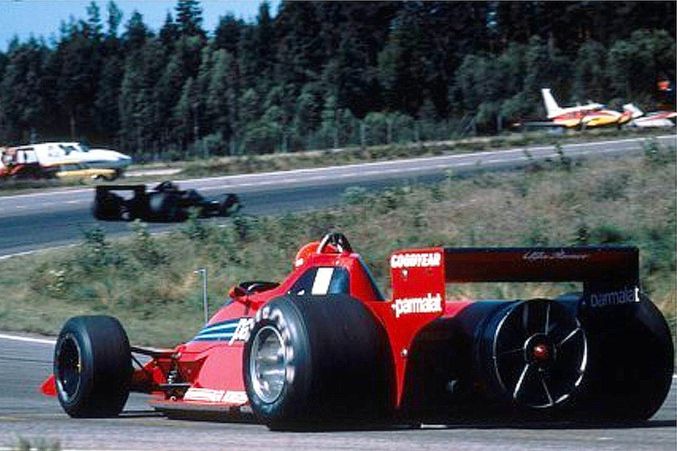
Six-wheeled racing cars - an attempt to improve control by increasing the contact patch of tires with the track surface. A large number of life-threatening breakdowns on the track led to most of these technical innovations being banned by the Automobile Federation.
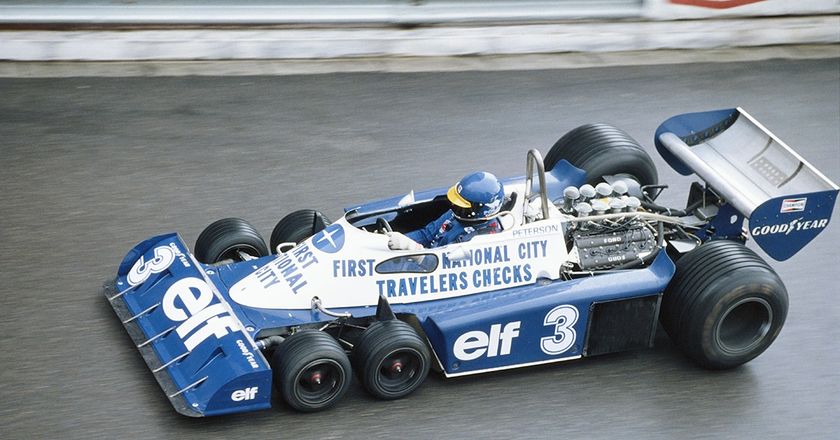
F1 in 1980s
The Turbo Era... In the 1980s, the era of 3-liter, 12-cylinder inline turbocharged monsters with over 1000 hp began. Forced induction engines started being used widely. Renault was the first to adopt this new engine type, initially facing mockery from their competitors as their cars frequently boiled over and caught fire on the track, earning them the nickname "yellow teapots" (due to their yellow livery). After improvements, Renault's power units started dominating, followed by Honda and Porsche. Ayrton Senna, the "Rain Man," who tragically passed away in 1994, entered the history of motorsport as the "Greatest Racing Driver." The chassis had to be drastically redesigned, as the old ones weren't built to withstand such loads. Due to new environmental and safety requirements, turbochargers were abolished in 1988.
F1 in 1990s
In the 1990s, Formula 1 transformed into a global show with regular television broadcasts. This was the last period of prosperity for private stables like Stewart, Jordan, and others. Major car manufacturers, except Ferrari, initially only provided engines but gradually started pushing out private teams by establishing their factory teams. This was the era when Michael Schumacher, known as the Red Baron, began to dominate.
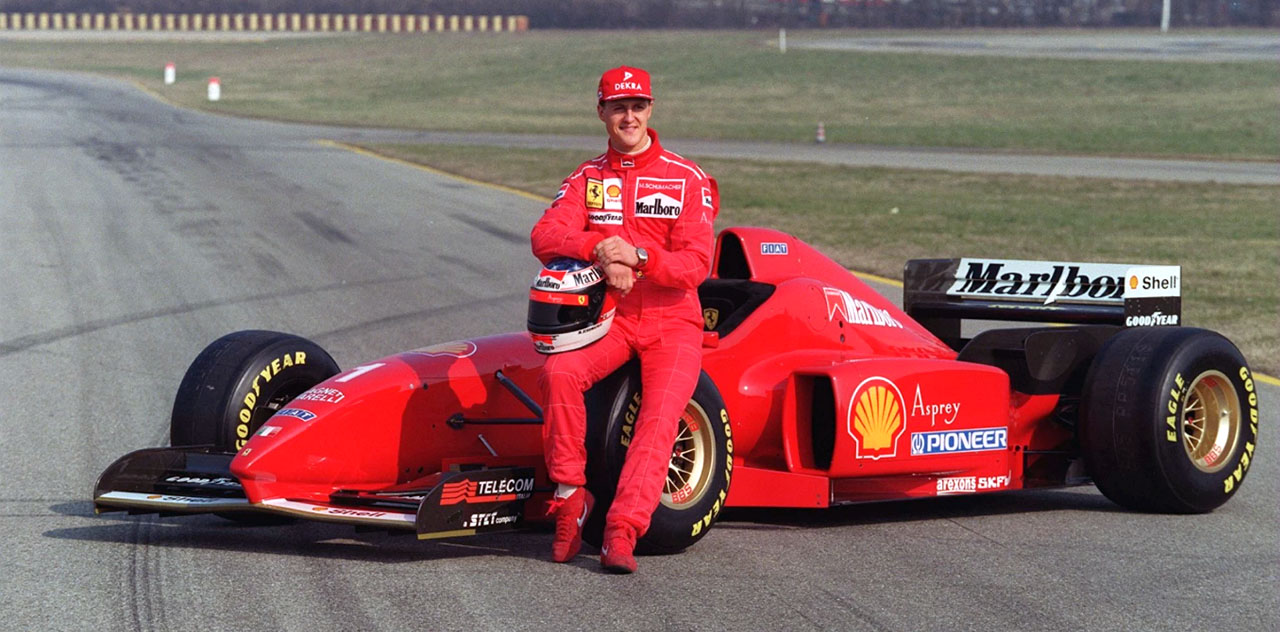
F1 in 2000s
The Schumacher era continued into the 2000s, and Formula 1 became a massive global business. These years were marked by serious technical regulations constraints. Most innovations were banned or tested under very restrictive conditions. During this period, everything was done to enhance the safety of both the drivers and the spectators. The number of fatal accidents dropped sharply to zero. After the 2008 crisis, many manufacturers left F1, and in 2014, the era of turbocharged engines returned. According to regulations, the cars are now equipped with 1.6-liter V6 turbocharged engines, which are more fuel-efficient than their predecessors. Refueling was banned to prevent fires. In this period, the first Russian drivers, Vitaly Petrov and Daniil Kvyat, joined the championship.
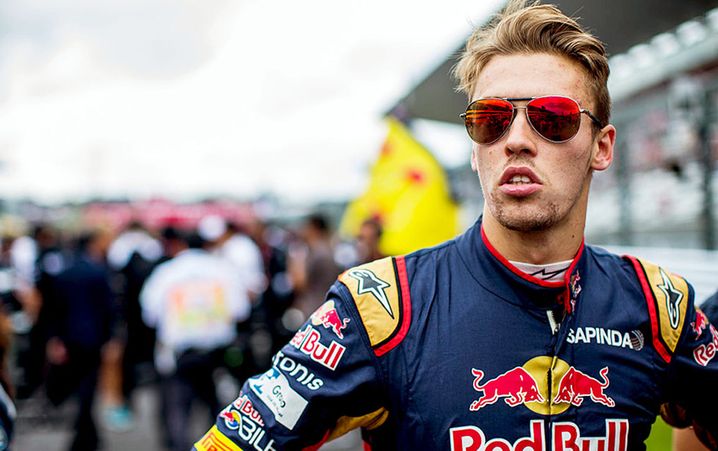
CARS AND TECHNICAL REGULATIONS
CARS
Various types of sports cars are called "bolides," a name that stuck after a journalist noticed that a sports car resembled this celestial body. Officially, racing cars are simply called Formula, single-seater cars, or open-wheel racing cars. Structurally, a modern bolide consists of a monocoque body (a single capsule) that simultaneously serves as the load-bearing chassis. According to the technical regulations, other components are attached to it. The driver is located in the cockpit of the monocoque body. A balanced chassis allows for the highest average speed on complex racetracks, although Formula 1 cars do not reach the highest speeds on straightaways (this record belongs to NASCAR and IndyCar bolides). These cars do not have ABS or power steering.
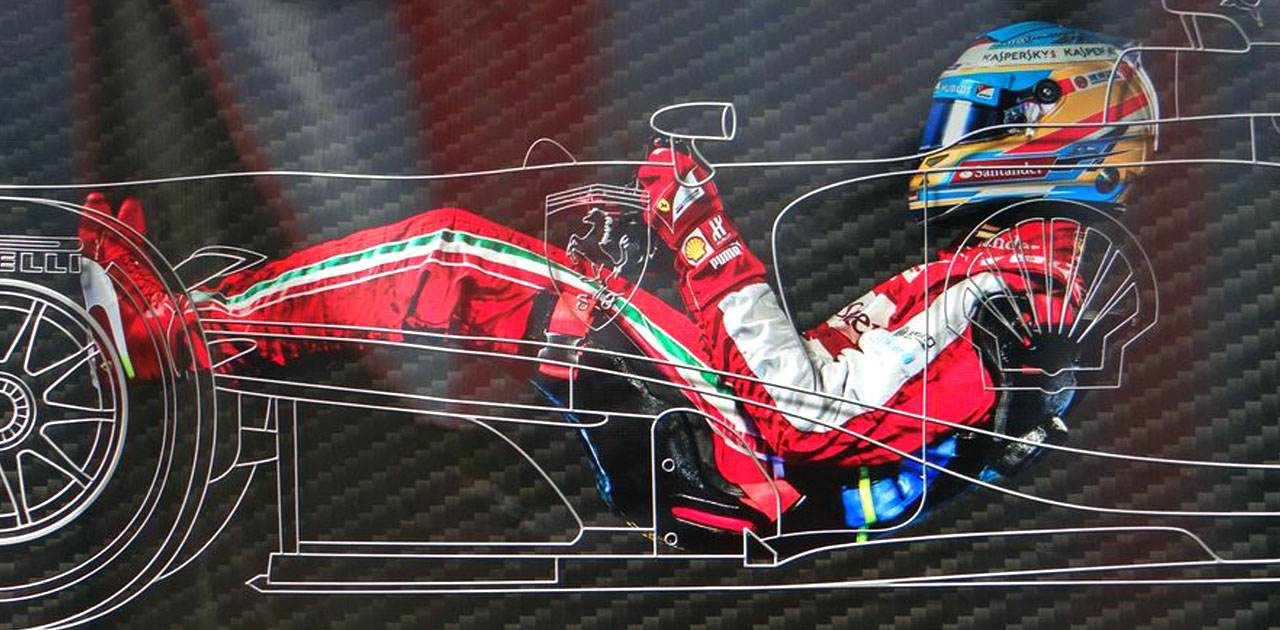
FORMULA1 ENGINE
Throughout the history of Formula 1 competitions, various types of engines have been used, including turbocharged and naturally aspirated engines with different restrictor configurations. In 2008, regulations were frozen, and engine development was prohibited to increase the spectacle, although some teams managed to bypass these restrictions, citing requirements for reliability and safety. After scandals related to attempts to impose a single engine supplier on teams, this idea was abandoned. Since 2014, six-cylinder turbocharged V-shaped engines with a displacement of 1.6 liters and no more than 15,000 revolutions per minute have been installed in bolides. The engine power is secret information, but specialists estimate it to be 600 horsepower (as of 2018) with a maximum fuel consumption of no more than 100 kilograms per hour.
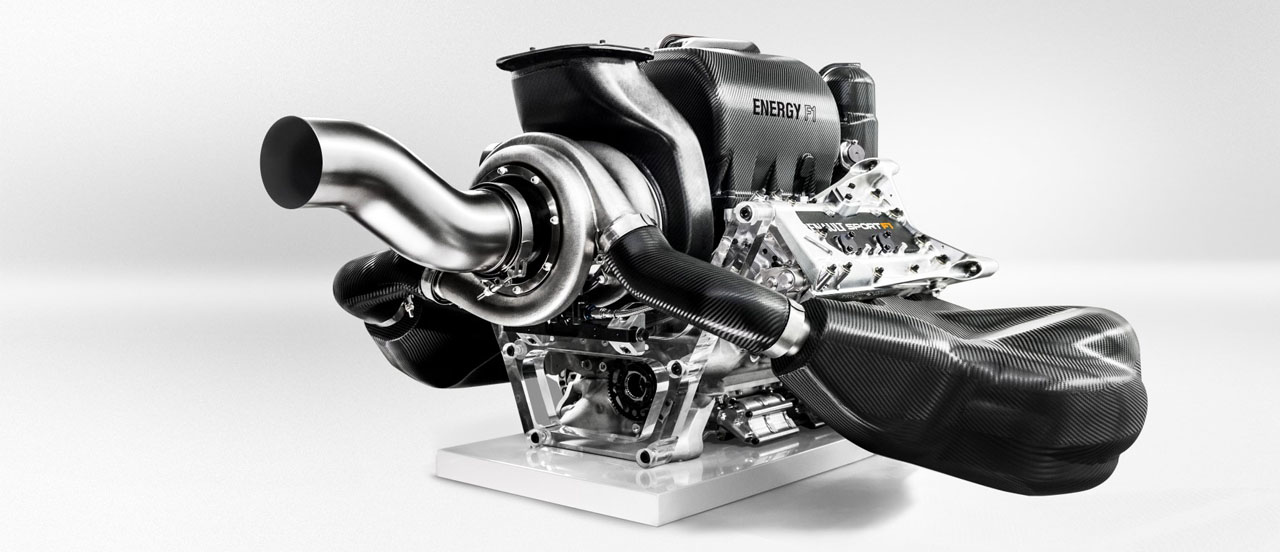
KERS AND MGU-H
In 2009, KERS (Kinetic Energy Recovery System) was installed on bolides, a device that recovers kinetic energy, storing it in batteries during braking and releasing it during acceleration. A similar system, ERS (Energy Recovery System), is used on updated V1.6 turbocharged engines, transferring saved energy to a secondary motor-generator. An additional system, MGU-H (a more advanced version of a turbocharger), uses gases from the exhaust system to drive the turbocharger's blades. As a result, the car can use up to 163 additional horsepower for a total of 33 seconds (an eternity in the context of auto racing).

FORMULA 1 AND DRS
In 2011, DRS (Drag Reduction System) was introduced to regulate the angle of attack of the rear wing (activated by a button). It reduces downforce, increasing the car's speed on straight sections of the track, favoring overtaking (in the slipstream). DRS can only be used on specific sections of the racetrack approved by the race direction. In deteriorating track conditions, race officials may prohibit the use of DRS on the entire track. It is activated by the driver and deactivates upon pressing the brake pedal or exiting the designated zone.
All electronic systems that assist in controlling the car in Formula 1 are prohibited, and the engine is controlled by a standardized Engine Control Unit (ECU) common to all teams. Telemetry reflecting the car's real-time status is continuously transmitted from the car to the team's control center, and the staff is not allowed to influence the car in any way during an F1 race. Radio communication takes place between the driver and the pit crew. All electronics and any modifications are subject to scrutiny by the FIA and remain unchanged throughout the season.
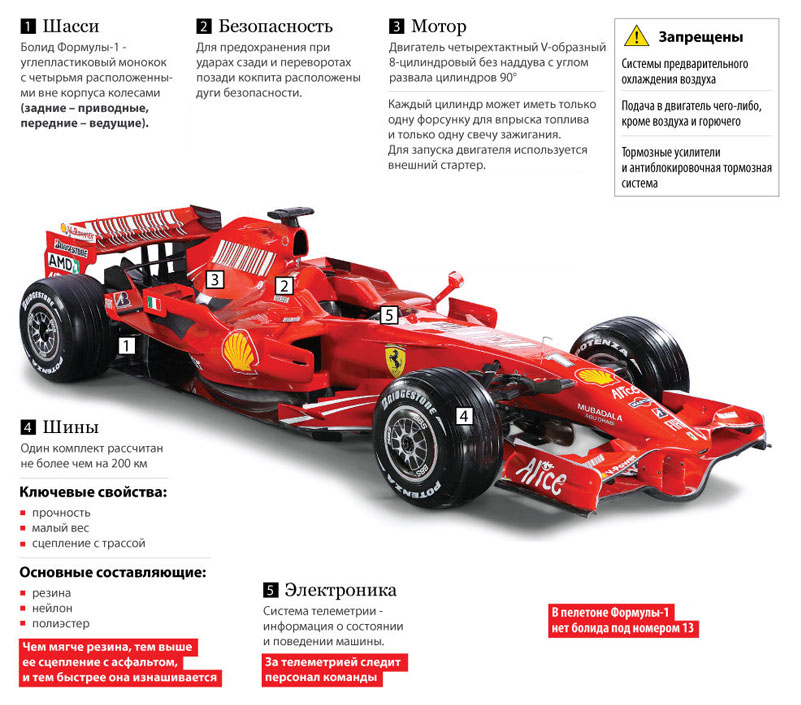
TIRES
The safety and speed of a Formula 1 car depend on the tires, which receive special attention. Three types of tires are used during races:
- Slick tires with a smooth surface, used in dry weather.
- Intermediate tires.
- Wet tires with pronounced grooves for water drainage to prevent aquaplaning.
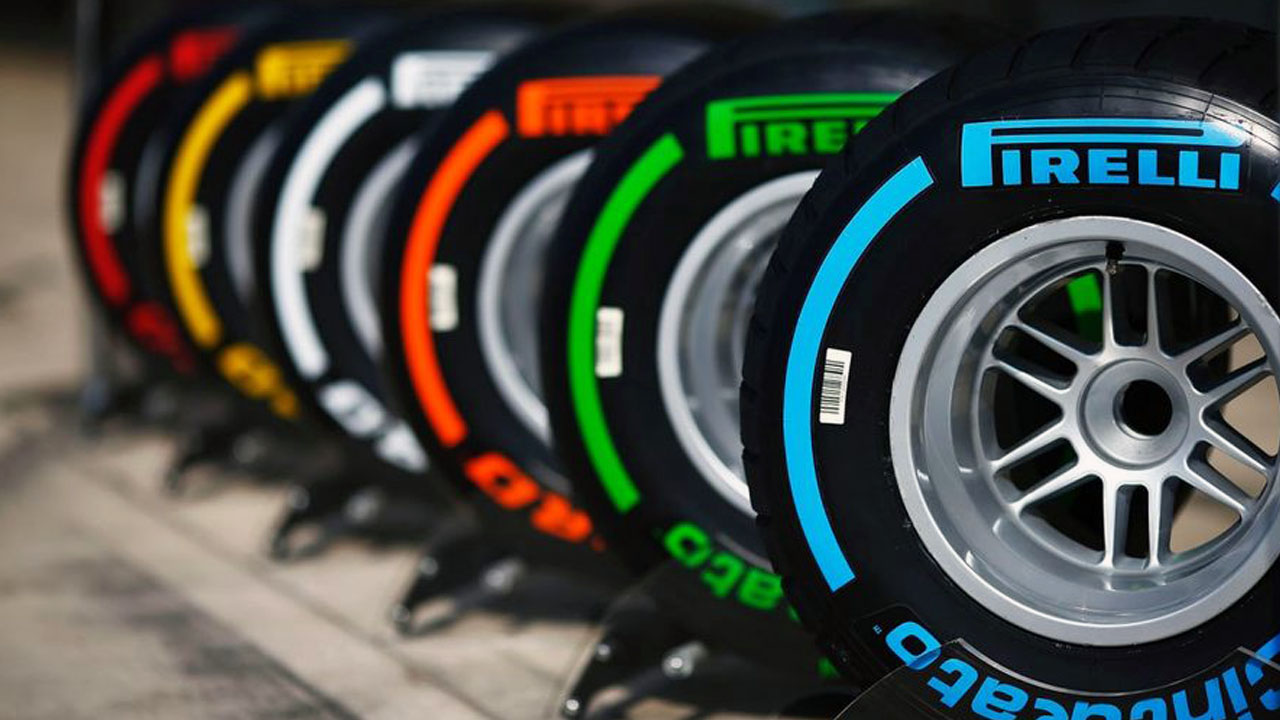
Tires can be filled exclusively with nitrogen or air. Until 2018, Pirelli was the exclusive tire supplier for F1. After the contract expires in 2019, a new supplier may be chosen (or the current one may continue).
GRAND PRIX
"Danger? Yes, it exists, but don't forget, there is another important point: if each of us could imagine, or rather feel, what would happen when he crashes into a tree at a speed of 250 kilometers per hour, no one would ever get into a racing car, none of us."
The conduct of each Formula 1 Grand Prix, which makes up the season, is strictly regulated, with marshals, stewards, and other responsible FIA personnel overseeing it. Each racing team can enter two drivers who participate in qualifying and the race. To avoid force majeure situations, a third driver can be registered, but each team can only have two cars. Drivers must be trained athletes with a valid FIA Super License.

FREE PRACTICE
The race weekend begins with free practice sessions, which are a mandatory requirement.
- Two of them take place on Friday, on a clean track, to allow the drivers to familiarize themselves with the actual track conditions and adjust the car's handling to the specific characteristics of the track.
- The third session takes place immediately before the qualifying sessions.
QUALIFYING
Qualifying aims to determine the positions on the starting grid for the race. The format of these sessions has changed multiple times during Formula 1's existence. Currently, qualifying sessions consist of three segments divided by minutes: 18 (Q1), 15 (Q2), and 12 minutes (Q3).
- Qualification 1 (Q1): All drivers participate in the first session. They complete laps to set the fastest times, and a ranking is established from fastest to slowest. The drivers outside the top 15 positions are eliminated.
- Qualification 2 (Q2): The second qualifying segment follows the same format. The remaining drivers complete laps, and the five slowest drivers are eliminated.
- Qualification 3 (Q3): The third session is the shortest and determines the top 10 positions on the starting grid based on the fastest lap times of each driver. The fastest driver secures pole position.
After qualifying, the cars go to parc fermé, where certain activities, such as changing tires, adjusting power unit settings, and chassis settings, are restricted. Other drivers can choose any tire type, but safety-related adjustments are only allowed under the supervision of FIA personnel. In exceptional cases, if inspectors find that the tires are seriously damaged, they may permit a tire change with similar wear and compound. If qualifying occurs in dry weather but rain starts during the race, all cars must switch to wet tires. Engine or gearbox changes are also allowed in the closed garage but result in starting from the pit lane, and penalties (tokens) are imposed for rule violations, often related to impeding another driver on a fast lap.
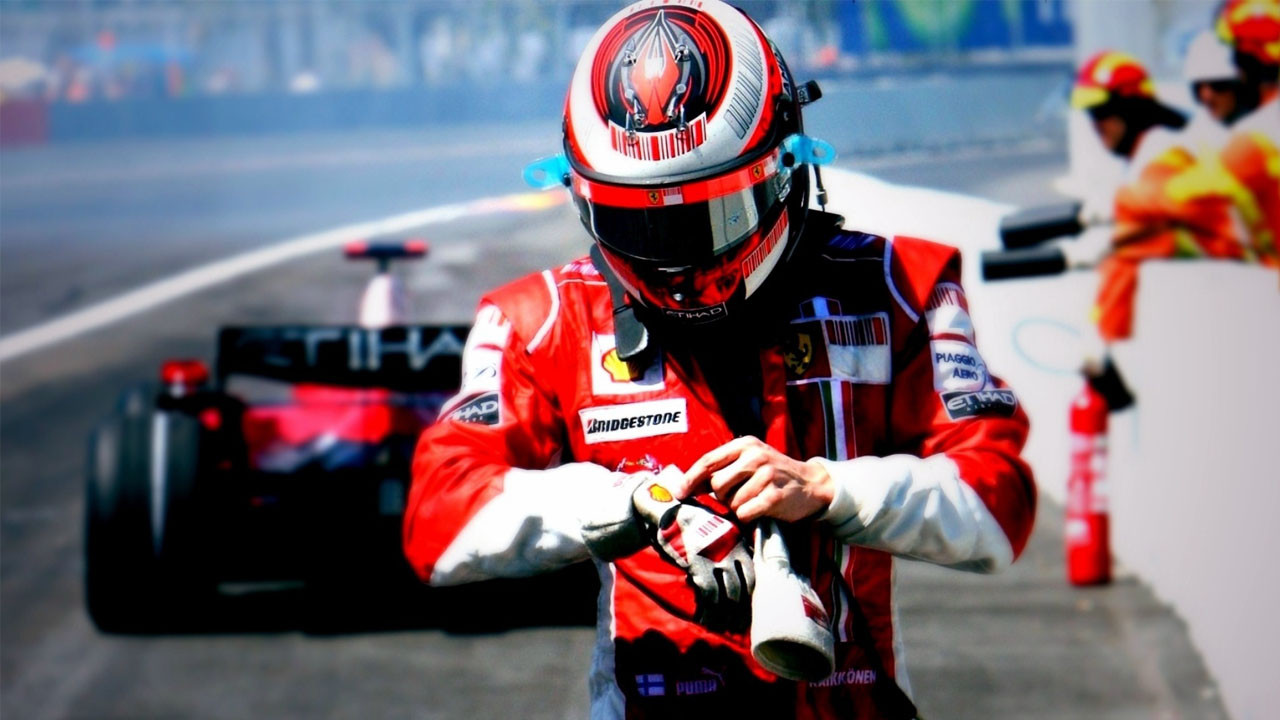
THE RACE
Before the start, all Formula 1 cars line up on the starting straight based on their qualifying results. Penalized drivers prepare to start from the pit lane. The cars are under the watchful eye of race officials. A quarter of a minute before the race, only the cars remain on the track. After these 15 seconds, a warming-up lap is announced, which is not competitive. Drivers strictly follow the positions set by the starting grid. During the warm-up, tires are brought to working temperature to improve grip. After this, the cars line up on the starting grid again. The green light from the traffic light signals the start of the race.
The race always takes place on Sundays. European races have a designated start time of 14:00, while races in Asia and other distant locations are scheduled to allow European fans to watch conveniently. Each race involves covering a specific number of laps on the circuit, typically 305 kilometers or slightly more, with a time duration of 2 hours. An exception is the Monaco Grand Prix, which covers 260 kilometers. If the race leader fails to complete the required distance within 2 hours for any reason, the next lap becomes the final lap, and the race result is determined accordingly. When the race is interrupted by a red flag, after four laps, it is suspended, even if the race duration is less than 2 hours, for example, due to heavy rain.
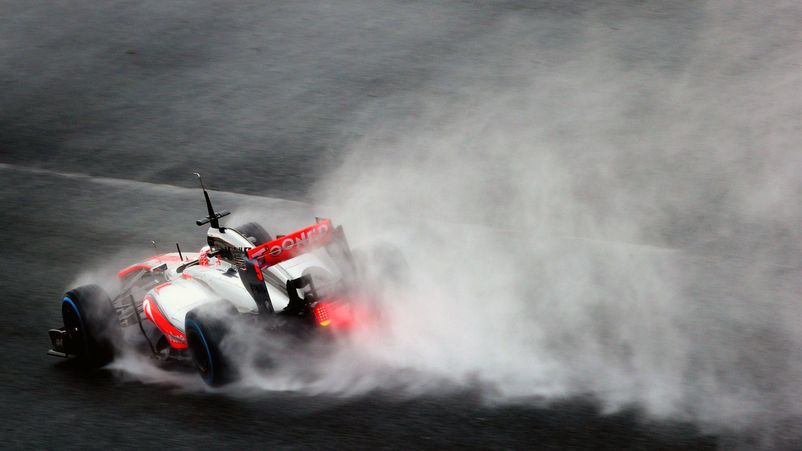
During the race, the number of pit stops is unlimited. F1 engineers can adjust the angle of attack of the rear wing to increase or decrease downforce during pit stops. Until 2010, refueling was allowed during pit stops. However, one thing is mandatory: during the race, if there is no rain, teams must use two sets of slick tires, so the driver must make at least one stop.
In special cases, the race can be interrupted by a red flag, and its resumption is decided by the Grand Prix organizers (Race Direction). If the race cannot be resumed but three-quarters of the distance have been covered, the drivers' positions from two laps before the stoppage are used for scoring. Stopping before completing this distance results in drivers receiving only half of the allotted points.
POINTS SCORING AND CONSTRUCTORS’ CUP
The FIA Formula 1 World Championship is structured with stages where points are awarded based on the number of points earned at the end of the year, determining the positions of drivers and teams. According to the current system, points are awarded to drivers based on their finishing positions:
| Place | 1 | 2 | 3 | 4 | 5 | 6 | 7 | 8 | 9 | 10 |
| Points | 25 | 18 | 15 | 12 | 10 | 8 | 6 | 4 | 2 | 1 |
The top three drivers reach the podium, and the winning team’s representative (the constructor) joins them. Before presenting the trophies, the national anthem of the winning driver’s country is played, followed by the anthem of the team’s country.
The competition among teams, or “constructors,” is called the Constructors’ Cup. The scoring is based on a system:
| Place | 1 | 2 | 3 | 4 | 5 | 6 | 7 | 8 | 9 | 10 |
| Points | 25 | 18 | 15 | 12 | 10 | 8 | 6 | 4 | 2 | 1 |
GREAT CHAMPIONS AND TOP TEAMS
In a season, there are typically 19 to 21 races, which are communicated to the teams in advance. At the end of the season, all points are accumulated, and winners are determined in two categories (Team and Individual standings). It often happens that the winner is already known before the final stages. The excitement is particularly intense when the decision on the champion and winner is postponed to the last stage.
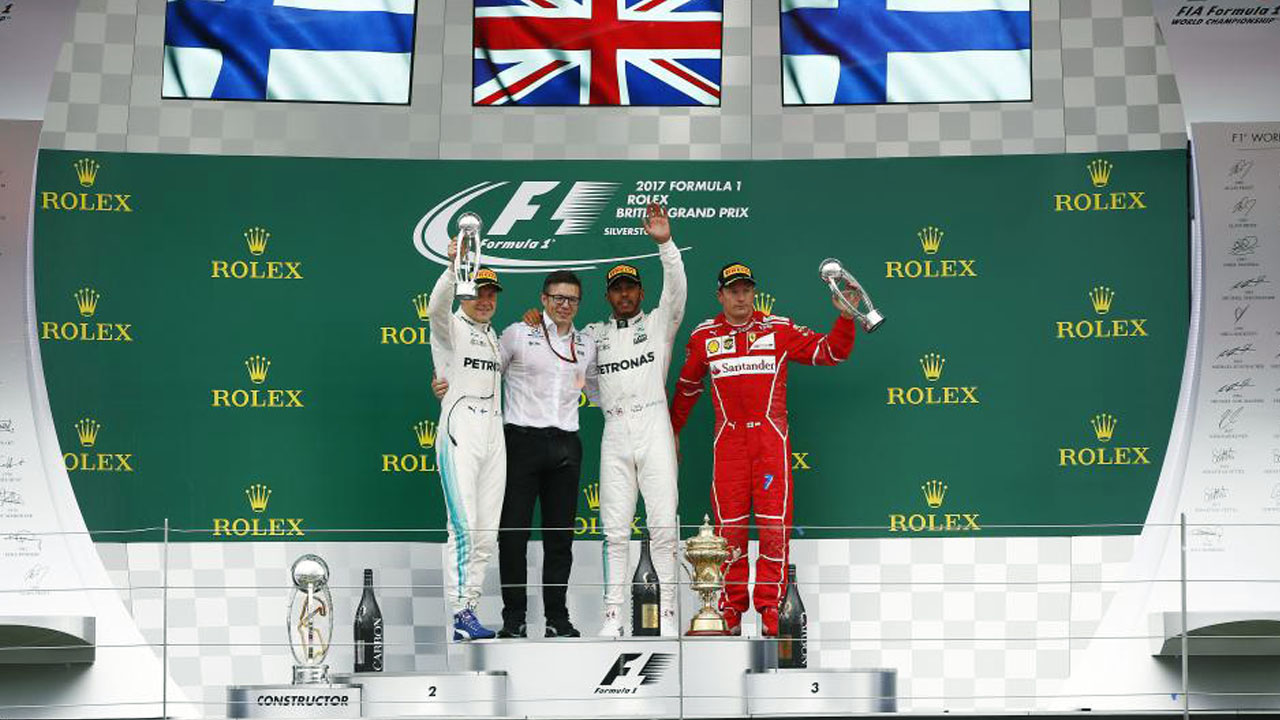
Formula 1 Drivers
Nino Farina
Italian driver, the first Formula 1 champion in 1950, known for his aggressive driving style, which made him unpopular among his colleagues. He won the championship in the very first official season and became the first world champion in the history of the sport. He died at the age of 60 in a car accident while rushing to the French Grand Prix.

Juan Manuel Fangio
He became an icon of Formula 1 in the 1950s, winning the world championship five times. This Argentine driver earned the nickname "Maestro" and managed to win in four different teams. He survived the early chaotic years of racing and lived to be 84.
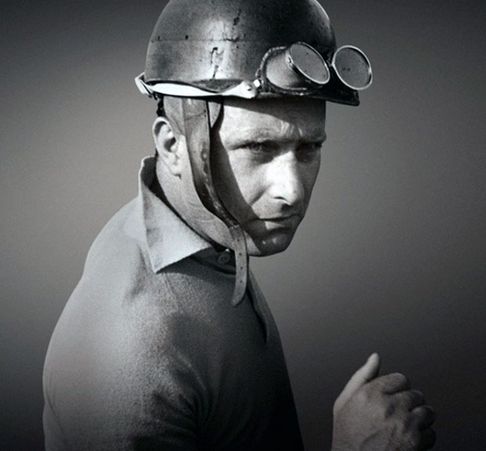
Jack Brabham
An Englishman who carried the flag of a three-time world champion. He is famous for winning while driving for his own team in 1966. He retired from racing in 1970 unscathed.
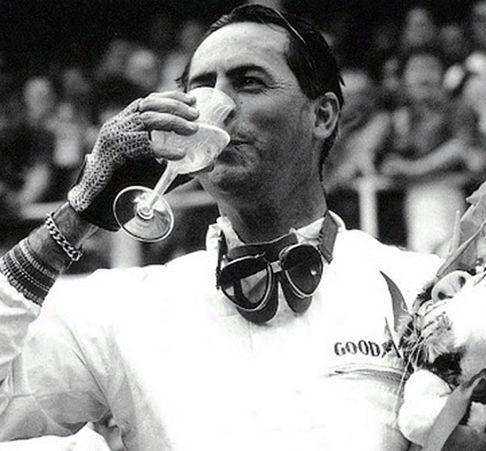
Niki Lauda
An Austrian, another three-time champion. He is famous for a horrific accident in which he suffered severe burns, but he returned to racing within a month and participated in races, which was later turned into a compelling film. He famously called the Ferrari team's car "a piece of sh*t" when he joined them. He wore a red cap that he used for advertising and is known for winning with just a 0.5-point difference.
v
Alain Prost
A French driver, a four-time Formula 1 champion known for his fierce rivalry with Senna and his precise driving style. According to many competitors, the faster Prost drove, the slower it looked from the outside. He attempted to create his own team but didn't achieve great success (he made a similar attempt in E-Prix, putting his son as a combat pilot).
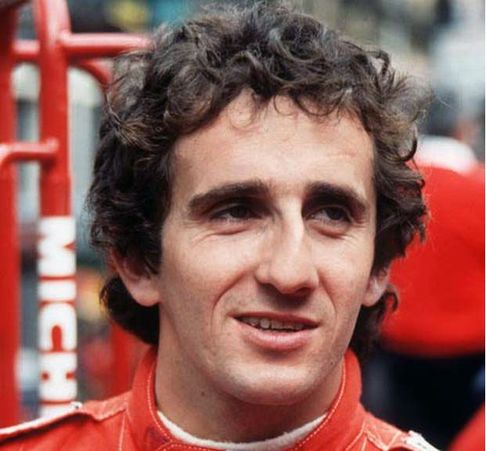
Ayrton Senna
A Brazilian who proved that his nation is strong not only in football. A three-time champion known for his aggressive style, which made him immensely popular with fans. He drove in the rain as if he were walking on water, earning him the nickname "Rain Man." He was known for his impulsive nature. After Prost's departure, he declared that he had no one left to race against in F1. He tragically died during a race at Imola in 1994, leading to the track's reconstruction. You can watch an epic documentary about him by following the link.

Michael Schumacher
A synonym for a fast driver. The German driver is a seven-time world champion, a record that remains unbeaten. He holds numerous records and is both loved and hated by Formula 1 fans worldwide. He could combine aggression and smoothness in a way that was unmatched by other drivers, often scoring twice as many points as his teammate. A skiing accident in 2013 led to a severe head injury, and little is known about his condition since then.
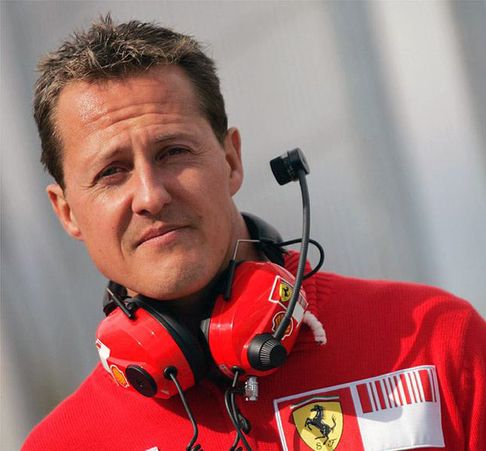
Lewis Hamilton
A British driver, the first black driver, as of the beginning of 2018, a three-time world champion. He shows no signs of stopping. He was nurtured by the McLaren team. He has a balanced driving style, but at least one of his titles was won thanks to a powerful "self-propelled carriage" (during a period when his team, Mercedes, had no competitors).
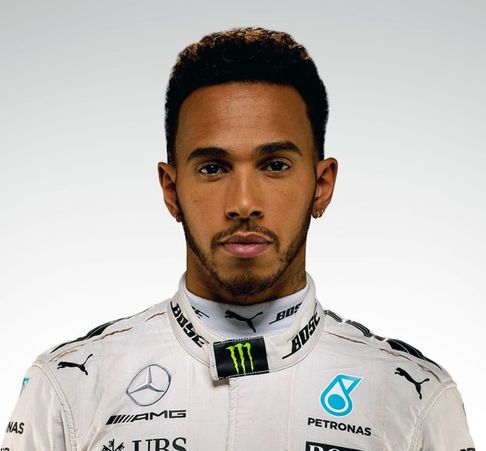
Sebastian Vettel
Another German Formula 1 wunderkind. He became a four-time world champion, challenging Schumacher's position. He enjoys dominating on the track, which also reminds people of his compatriot. He consistently competes in top teams and fights for the championship title.

Max Verstappen
The current reigning Formula 1 world champion, this Dutch and Belgian racing driver won the 2021 championship interrupting Lewis Hamilton’s winning streak. Max started his Formula 1 career in 2015 with the Red Bull team and currently races for them. Today, Max is a consistent contender for the pole position starts and the podium.
Teams
- Scuderia Ferrari

The only team that has participated in all official Formula 1 Championships, but only from the second race onwards. The most decorated stable was founded in Italy by Enzo Ferrari, earning the nickname "Prancing Horses." It now belongs to the FIAT company. Michael Schumacher won five of his seven world championships with Ferrari. They occasionally produce real masterpieces and are known for their frequent use of team tactics.
- McLaren F1 Team

A principled rival of Ferrari, also of respectable age. It was established in the 1960s. It achieved success in the 1980s when drivers like Lauda, Prost, and Senna raced for them. To the point where in the 1988 season, McLaren won all but one race. Unlike their opponents, they often paired strong drivers who competed throughout the championship: Prost-Senna, Alonso-Hamilton. Currently, it has lost some of its positions but promises to return.
- Williams F1 Team

The second most popular British team, known for its spectacular highs and lows. They also provide equal opportunities to their drivers: Mansell-Piquet, Ralf Schumacher-Montoya. Recently, they occasionally surprise with good results but are not competing for the championship.
- Red Bull Racing Formula One Team

Established in 2005, it is considered Austrian but is based in Britain. In its short history, it has managed to win the Constructors' Championship four times. The reason for their success is the smart selection of drivers and the genius of the chief designer, Adrian Newey. Today, it remains one of the top teams in the championship and occasionally delivers surprises. It is famous for not prohibiting its drivers from competing against each other, paying bonuses for the number of points earned.
MOST POPULAR FORMULA 1 RACES
Throughout the history of Formula 1 racing, various racetracks have been used for Grand Prix events, totaling 42 different tracks at various points in time. Many of these have dropped out of the championship, leaving 21 events as of 2018. The most interest is drawn by races on classic tracks, where races have been held since the early championships.
- British Grand Prix

This race takes place at the Silverstone Circuit and was the first Formula 1 event, with no season passing without a British Grand Prix since then. The venue has occasionally changed to Brands Hatch and Aintree, but the race at Silverstone remains one of the main events of the season. One of its unique features is the frequent rain during races.
- Monaco Grand Prix Logo of Monaco Grand Prix

Like Silverstone, the Monaco Grand Prix has been held since 1950. The track is famous for its complex profile and the fact that it runs directly through city streets that are closed off for the race weekend. Recognizable sections include "The Hairpin" and "The Tunnel." Victory in this event signifies the highest level of a driver's professionalism, making it very prestigious.
- Belgian Grand Prix Spa Francorchamps

Held at the Spa Circuit, which is a shortened version of Spa-Francorchamps. Another track that has been part of the championship since 1950. The circuit used to feature long straights where cars could reach high speeds, resulting in a high number of accidents. Today, it meets strict safety standards but is still considered one of the fastest tracks.
- German Grand Prix Hockenheimrin

This race took place on two circuits: the Nürburgring (which later became the European Grand Prix) and Hockenheimring (the contract ended in 2018). It is known for high speeds. At one point, the track ran through the forest, adding unpredictability to the race. Today, it's a typical "Tilkedrome" designed by Hermann Tilke, meeting all safety requirements.
- Italian Grand Prix Italian Grand Prix

It has never been absent from the Formula 1 calendar, a feat matched only by the British Grand Prix. The race is held at the Monza Circuit (only in 1980 it was held in Imola). It is the fastest track, demanding special requirements for engines, driver skills, and the endurance of the car. The Royal Park race uses a configuration of 5,793 meters with numerous straights and fast turns unique to Monza, such as the "Parabolica" and "Curva Grande."
